The most common tree in our gardens is without a doubt the apple tree. But in order for it to give a good harvest, it is necessary to periodically feed it with various fertilizers at different times of the vegetative period. Usually top dressing is carried out in spring and summer, but autumn remains a controversial period for many. This article will answer the question “Do I need top dressing of apple trees in the fall?”.
Why you need autumn dressing
Fertilization in the fall for apple trees is considered by many gardeners not a mandatory procedure, since the crop has already been harvested by this period, and growth processes slow down significantly by winter. Naturally, the question arises about the advisability of feeding in such a situation.
Many experienced gardeners believe that tree fertilizer should still be produced in the fall. This is done in order to further strengthen the apple trees, as well as their better preparation for the winter period. But here you need to be extremely careful not to cause irreparable damage to the trees with improperly applied fertilizers.
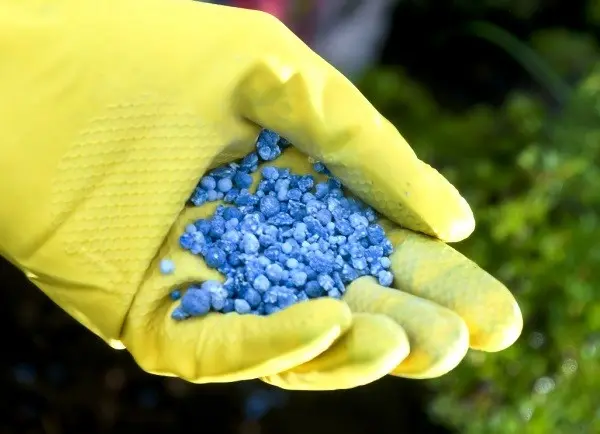
When feeding, you should be especially careful with young growth and recently planted seedlings, since the use of certain types of fertilizers in the autumn period can damage the fragile root system (this applies to a greater extent to organic matter).
The first fertilization should begin at the end of August. This is done so that the apple trees can assimilate them in the time remaining before the first frost.. After all, frosts can happen as early as October. Cold and frozen soil interferes with the normal functioning of the roots, namely the faster absorption of essential nutrients. Trees will need more than three weeks to absorb and assimilate all the nutrients.
It is the end of summer and the beginning of autumn that are characterized by fairly warm soil and the application of fertilizers during this period will enable the garden to properly prepare for the upcoming winter.
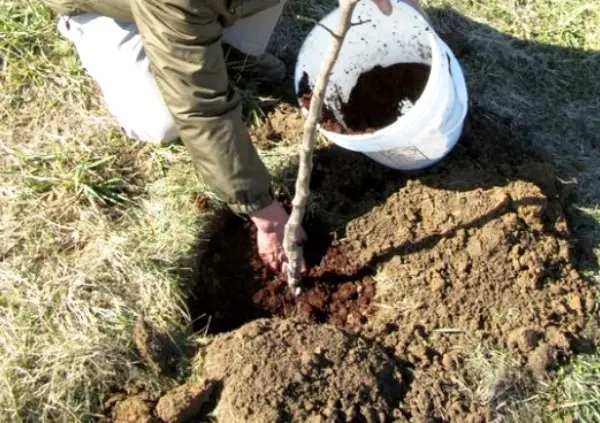
What and how to fertilize?
To properly fertilize apple trees, you need to use only certain types of solutions and mixtures. To do this, first of all, you need to at least approximately assess the condition of the soil. In case of increased acidity, liming should be used. Suitable for this situation:
- fluff lime;
- dolomite flour;
- furnace ash;
- old plaster;
- marl;
- a piece of chalk.
These substances neutralize the acid and will improve the mechanical composition in the root zone.
If the soil is calcareous, to make it acidic, it is recommended to use the following substances: sawdust, peat and other similar fillers.
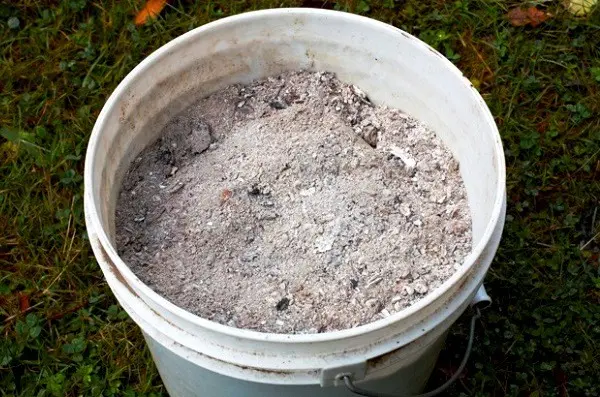
Also in the autumn period, it is necessary to produce fertilizer with potash and phosphorus top dressing. Bone meal or mineral fertilizers (superphosphate, potassium monophosphate) can act as a source of phosphorus. But with the latter, you need to be very careful, since the need for nitrogen in apple trees decreases sharply in autumn. In this regard, experts recommend that it is in the fall that well-rotted compost or manure be introduced, since they contain nitrogen in a moderate amount.
Remember that busting with mineral fertilizers can contribute to the untimely growth of shoots, which will make it difficult to prepare apple trees for winter. In addition, an excess of mineral fertilizers will lead to poor maturation of wood, as well as to its freezing in severe frosts. As a result, a young tree may not survive the winter.
Please note that when fertilizing dwarf varieties, the flavoring composition should be significantly reduced. In such a situation, the same fertilizers can be used as for ordinary vigorous varieties, but their amount must be reduced by approximately 25-30%.
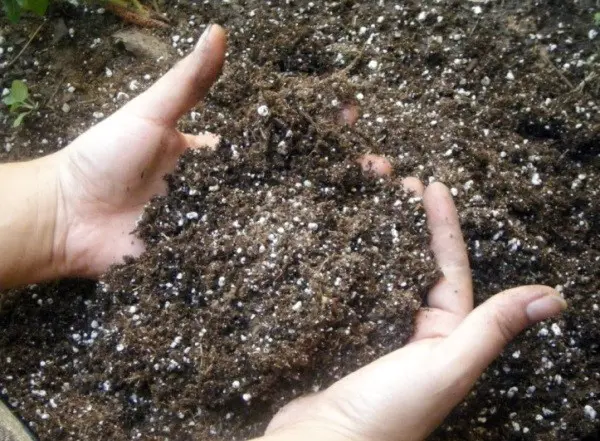
To properly fertilize trees, it is not enough to decide on the type of top dressing. It is also necessary to correctly carry out the procedure itself. Fertilize the apple orchard as follows:
- before fertilizing, apple trees should be sprayed with a 2% solution of copper sulfate. This procedure will eliminate the possibility of the appearance of certain diseases in the spring (fruit rot, scab, etc.);
- substances/solutions should only be applied to tree trunks with their simultaneous digging. This is done because most of the thinnest root processes are located within the near-stem circle, which best absorb the necessary nutrients;
- the organic matter used must be well decomposed to avoid burning the root system;
- mature and old trees should be fertilized through holes that are made around the entire circumference of the near-trunk circle. Instead of holes, you can dig grooves, the width of which will be 30 cm and the depth – 40 cm. Thus, you can feed the apple tree with a mixture of various components (humus, potassium chloride, superphosphate). After the introduction of substances, the grooves and holes are leveled;
- at the end of top dressing, the ground in the near-trunk circles should be mulched with any bulk material of an organic nature.
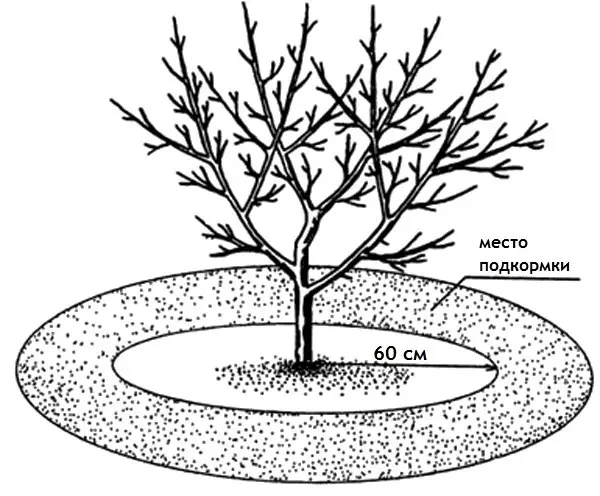
Scheme of application of mineral fertilizers
There are some nuances that need to be considered when fertilizing recently planted seedlings and young apple trees. For example, in this case, nitrogen-containing feeding options are diluted in large amounts of water, unlike adult and old plants.
In addition, such trees have a greater need for minerals (especially in winter) than adult plants. These substances significantly increase the winter hardiness of plants. Mineral compounds, when introduced into the soil of young animals, will positively affect its further growth. Also, some gardeners advise planting special green manure plants near the seedlings. The presence of such plants will contribute to the fixation of free nitrogen from the soil at the ends of the roots.
If your garden has columnar apple trees, then, due to the peculiarities of their anatomy, the method of holes and grooves cannot be used, since the root system of such plants is located very close to the surface. As a result, during the formation of grooves and holes, roots that are close to the soil surface can be significantly injured. For such varieties, the best way to feed is to spread a dry mixture of fertilizers under a tree, followed by watering the fertilized near-stem circle.
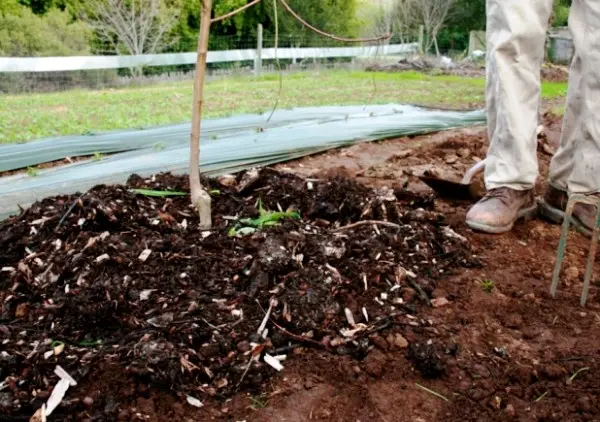
Since autumn is very rich in long rains, foliar feeding will be less effective. With abundant rains, you can not bother looking for a more effective technique and simply add dry substances to the soil. They penetrate the ground with a stream of rainwater and are absorbed by the root system of the plant.
Remember that you should start feeding only after all the necessary agrotechnical procedures have been carried out: digging, pruning, mulching. Pruning will get rid of damaged, diseased branches, which will help to avoid the accumulation of nutrients in them.
Properly carried out autumn top dressing will allow you to adequately prepare your apple orchard for the winter period and will help you get an excellent harvest (both in terms of taste and volume) next year. Remember, getting a quality crop is the result of the gardener’s painstaking and everyday work.
Video “Autumn feeding of fruit trees”
The video tells how to properly fertilize trees with your own organic solution.









